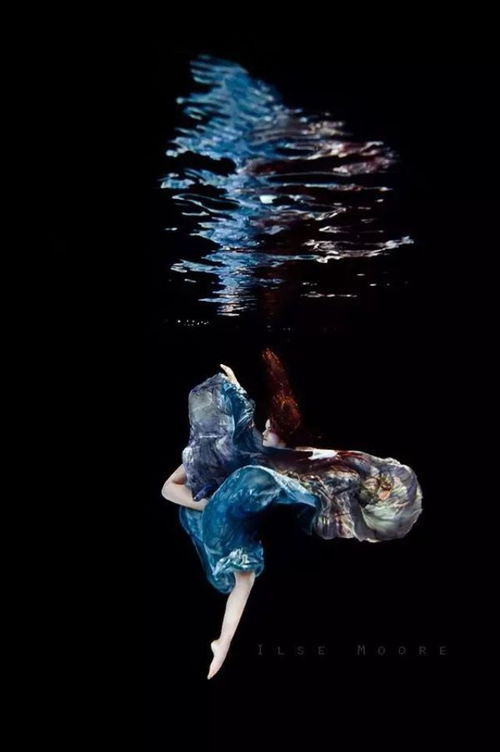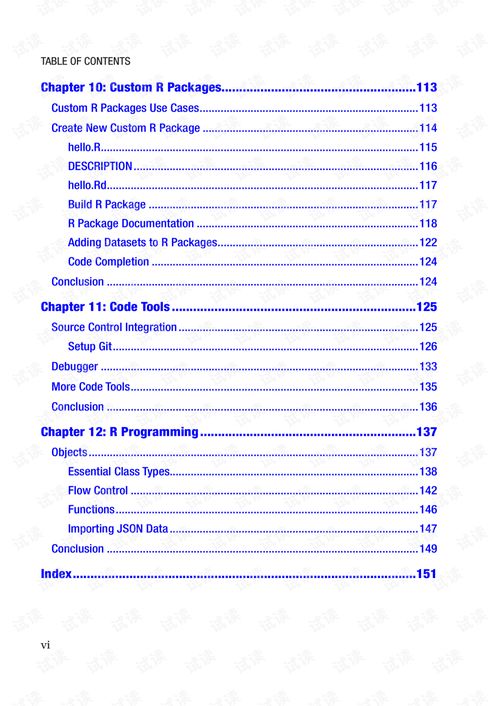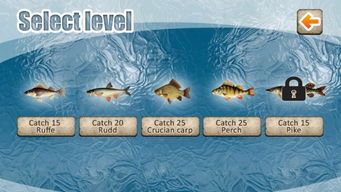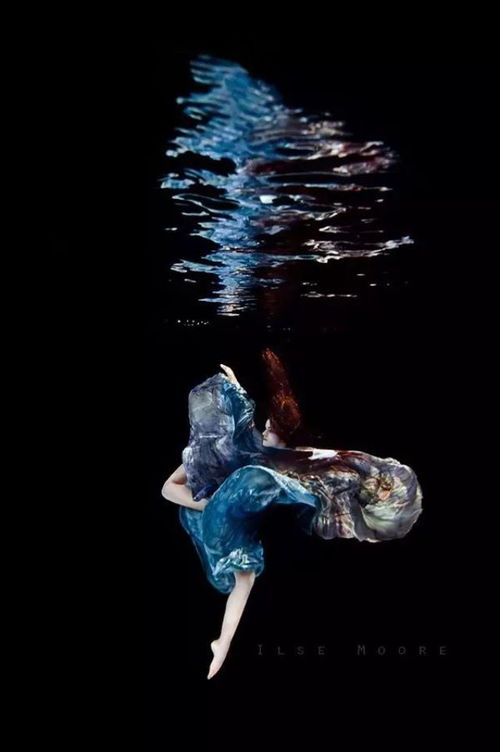Casting from a Boat: Tips and Techniques for Successful Bank Fishing
When it comes to bank fishing, the thrill of reeling in a big catch is undeniable. However, if you're looking to elevate your fishing experience, consider taking it to the water's edge by fishing from a boat. Casting from a boat opens up a world of possibilities, allowing you to access deeper waters, wider stretches of shoreline, and even hidden fishing spots. Here, we delve into the art of casting from a boat, offering expert tips and techniques to help you become a master of the bank fishing waters.
Choose the Right Equipment
Before you set sail, ensure you have the right equipment. Here's what you'll need:
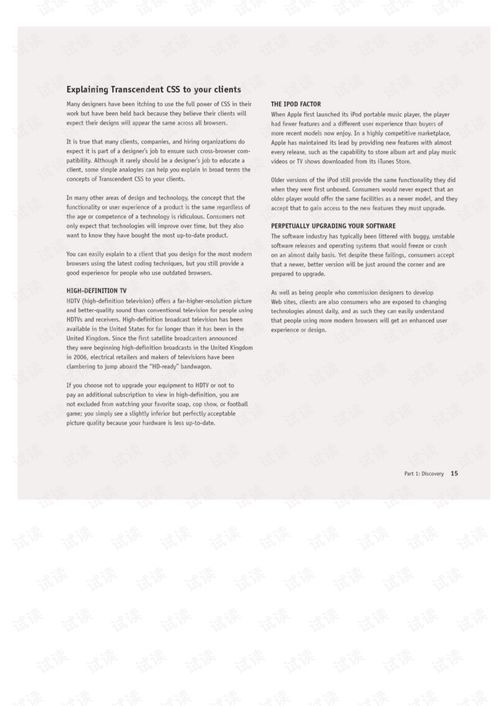
Boat: A stable and comfortable boat is essential. Canoes, kayaks, jon boats, and bass boats are all suitable options depending on your skill level and the type of fishing you plan to do.
Rod and Reel: Select a rod and reel that are appropriate for the type of fish you're targeting. A medium-heavy action rod with a spinning reel is a versatile choice for most bank fishing scenarios.
Line: Use a monofilament line that's strong enough to handle the fish you're after. A line thickness of 8 to 12 pounds is usually sufficient for most freshwater species.
Lures and Baits: Depending on your target species, choose appropriate lures and baits. Soft plastics, spinnerbaits, jigs, and live bait are all effective options.
Positioning Your Boat
Proper positioning is key to successful casting from a boat. Here's how to do it:
Current Awareness: If you're fishing in a river or stream, be aware of the current. Position your boat perpendicular to the current to minimize the drift and give you better control over your casts.
Shoreline Distance: Keep your boat at a distance that allows you to cast comfortably without hitting the shore. This distance can vary depending on the wind and the type of fishing you're doing.
Shoreline Features: Utilize natural features like rocks, logs, and weed beds to your advantage. These can be excellent spots for fish to hold, and they can also help you make more accurate casts.
Casting Techniques
Once you're in position, it's time to cast. Here are some essential casting techniques:
Backcast: Start by holding the rod with both hands, with your fingers curled around the handle. Swing the rod back over your head, keeping the line tight. As you bring the rod forward, release the line, allowing it to fly through the air.
Forward Cast: Similar to the backcast, but in the opposite direction. Swing the rod forward, releasing the line as you do so. This is the most common casting technique.
Toss Cast: For shorter distances, use a toss cast. Hold the rod at a 45-degree angle and simply toss the lure out with a flick of your wrist.
Wind Cast: If the wind is blowing, use a wind cast to get your lure out. Swing the rod back and then forward while turning your wrist to allow the wind to carry the line.
Adjusting for Wind and Current
Wind and current can significantly impact your casting. Here's how to adjust:
Wind: If the wind is blowing, cast into the wind. This will help your lure stay in the target area longer. To compensate for the wind, you may need to cast further out or use heavier lures.
Current: If you're fishing in a river or stream, use the current to your advantage. Cast upstream and let the current carry your lure to the fish. To fight the current, you may need to use heavier line or a heavier lure.
Practice Makes Perfect
Like any skill, casting from a boat takes practice. Spend time on the water honing your techniques, and don't be afraid to experiment with different casts and presentations. The more you practice, the more comfortable you'll become, and the better your chances of catching fish.
Safety First
Always prioritize safety when fishing from a boat. Wear a life jacket, be aware of your surroundings, and know how to handle emergencies. If you're new to boating, consider taking a boating safety course to ensure you're prepared for any situation.
In conclusion, casting from a boat can be a rewarding and exciting way to fish. By choosing the right equipment, positioning your boat effectively, mastering casting techniques, and adjusting for wind and current, you'll be well on your way to becoming a proficient bank fisherman. Remember, practice makes perfect, so get out there and start casting with confidence!
